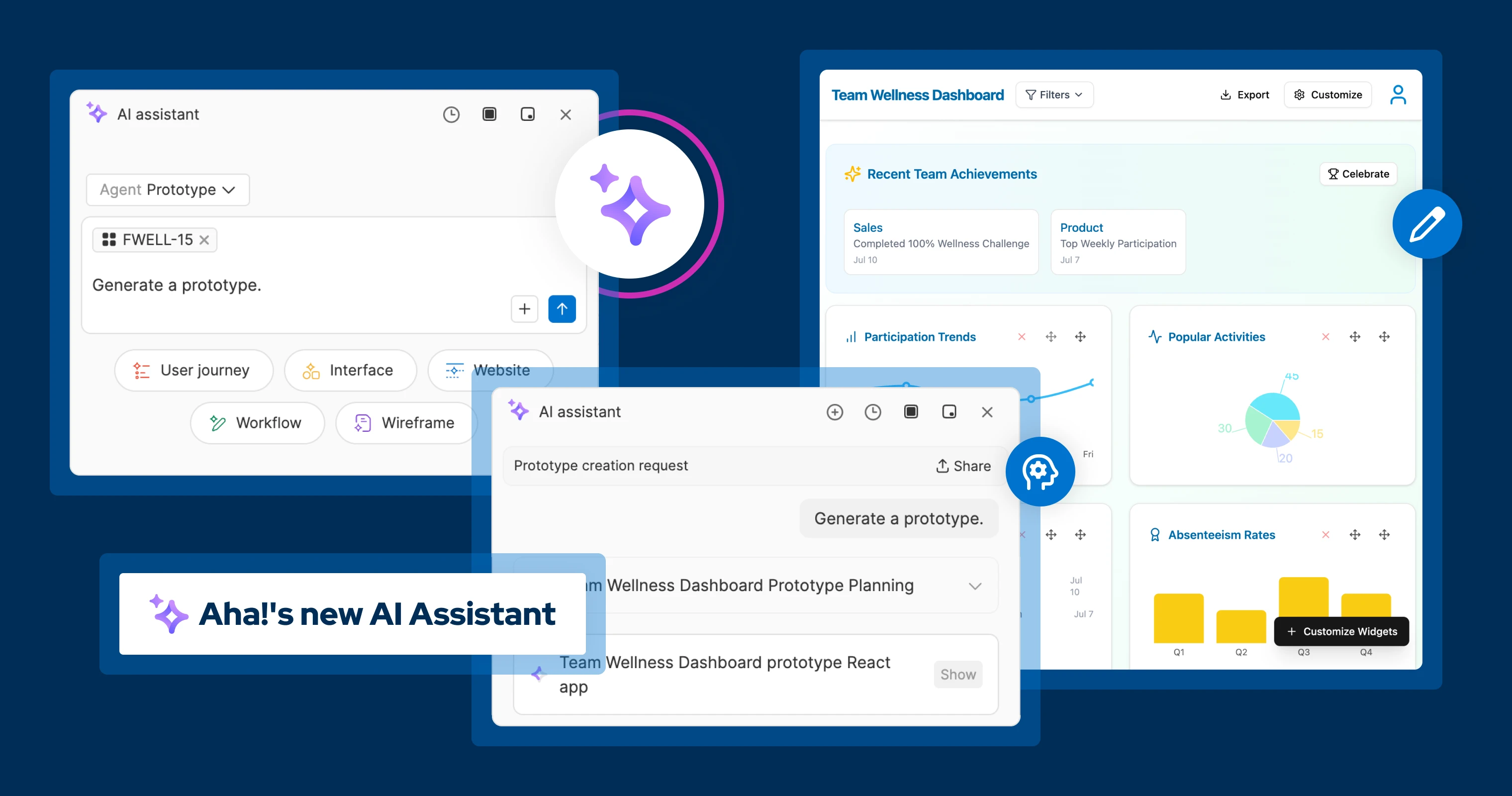
Do this when customer feedback is unclear
You talk to customers, gather feedback, track product usage — all in service of making better roadmap decisions. But somehow, the next step still feels unclear. Maybe you catch yourself thinking, "Did everyone else get a secret decoder ring for customer feedback except me?" Even the most diligent product teams end up squinting at contradictory clues and wondering what to build next.
So much of product discovery is about what to do when the evidence refuses to cooperate.
If you have ever reviewed a batch of feedback and found customer onboarding described as both "broken" and "the best ever," you are not alone. It is remarkable how two users can describe the same experience in completely different ways. One person's dealbreaker is another's favorite feature. Contradiction just comes with the job.
Then, there is the volume. Input pours in from ideas portals, interviews, in-app feedback, support tickets, and casual conversations. Eventually, it becomes hard to tell which data matters most.
More feedback does not always bring insight.
And there is still the matter of making sense of it all. You have to weigh what you are hearing, resolve contradictions, and connect it back to your product vision. Ideally, an answer will emerge. But even with careful analysis, some decisions remain unsettled.
Here's a quick example. Earlier this year, our team was discussing how to improve capacity planning in Aha! Roadmaps. Customers were asking for more precision, but the requests varied. We used the AI assistant in our software to analyze requests and summarize earlier solutions we had considered — it helped us surface the most common pain points and highlight the most promising ideas. Still, we had to talk it through and clarify what would make the biggest impact. The data pointed in the right direction, but it did not tell us exactly what to build. (In case you are curious, this is the improvement we launched in June.)
So, how do you move forward when the path is not obvious? Here's what works for us:
Revisit your own point of view
When feedback feels contradictory, it is tempting to dive into the details — parsing comments, tagging customer quotes, hunting for patterns. (And, of course, Aha! software really helps here.) But everything begins to feel equally important without a solid foundation. Before you analyze anything, revisit what you already know: your product vision, positioning, and core beliefs about what customers truly need. That focus helps you distinguish what is useful from what is distracting.
Consider the broader context
Some requests make perfect sense from a customer's perspective, but are not the right move for the team. Look beyond the individual request to the larger company strategy. What are you trying to achieve — better retention, faster activation, expansion into a new market? Each new feature should support a specific business goal. Then, consider practical realities. What can the team actually take on right now? What could be pushed?
Listen for what customers do not say
Feedback can be misleading not because it is wrong, but because it reflects partial truths. Someone might describe a symptom rather than the root problem. Or they could react to a specific experience that is not widely shared. You have to interpret meaning — not just collect words. Look for underlying themes or subtle frustrations. And notice what is missing, because silence can be just as telling.
Lean on discovery frameworks
When discovery work gets messy, structure helps. Frameworks like jobs-to-be-done can shift the focus from what customers are asking for to what they are trying to accomplish. From there, you can use a prioritization model (like the Aha! product value scorecard or even a quick value vs. effort matrix) to decide what to pursue next.
Stay open to new evidence
Even after you make a decision, new information will emerge through testing, more conversations, or what customers do once something ships. Be willing to revisit your assumptions when it matters, but resist the urge to rethink everything with each new data point. Discovery is continuous. You are not looking for perfect certainty — but just enough direction to keep going.
You will not always get a clear answer, but you can still make a confident decision.
Product development is inherently complex. Embrace the uncertainty instead of striving for complete confidence in what to build next. Consider all the data and inputs, then act with conviction. Priorities and customer needs will shift — by focusing on what is most essential, you can trust that you are moving in the right direction.
Uncover customer needs and tie key insights to the product roadmap. Start a free trial of Aha! Discovery today.




